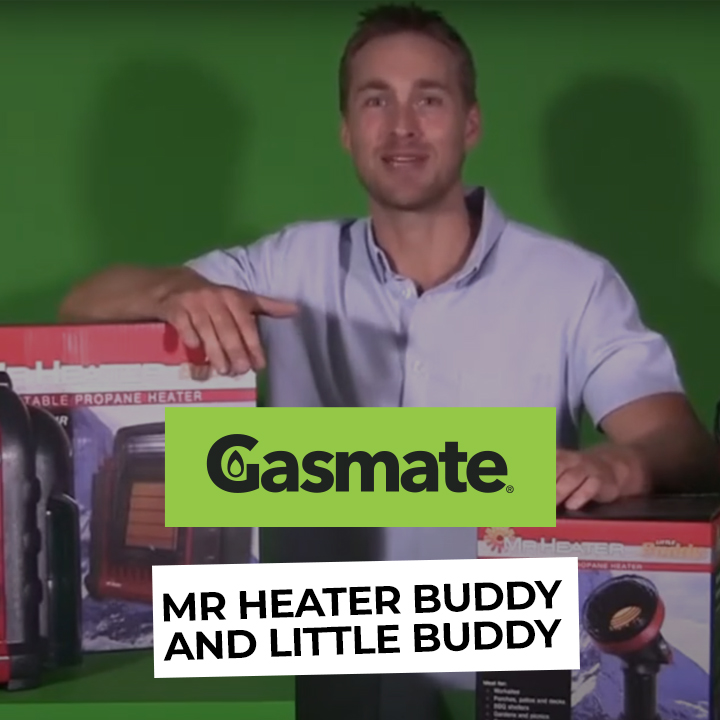PORTABLE GAS BOTTLES
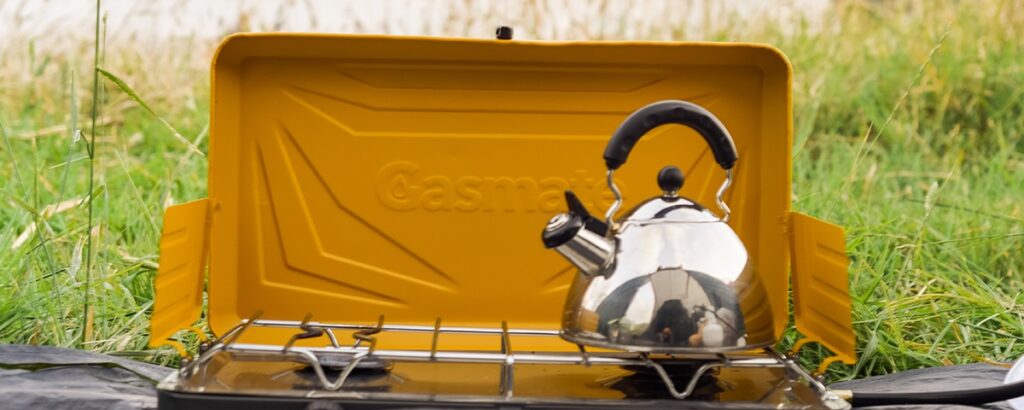
Refillable or Disposable Gas Canisters?
You can find both refillable and disposable gas canisters for camping to fuel a variety of camping accessories. Available at many DIY and outdoor stores, as well as at your local service station.
Refillable cylinders are more suited to those with a caravan, as they are less portable due to their size and weight. These are often used to fuel your barbeque at home.
The smaller, more portable disposable butane gas canisters are perfect for hikers, or those who like to travel light. These are especially good for those going bush for a few days as you won’t want to be carrying a 4kg gas bottle in your pack! These can easily power your hiker stove, but as they are smaller, they will of course run out faster. So, it may pay to pack a couple of canisters, depending on how long you are planning on venturing into the wilderness for.
Either way, both options require you to cook, heat, and light on the go, without needing a power source to keep you going. However, both types of gas canisters require safe usage and handling.
How to Safely Use a Portable Gas Bottle
Although convenient, inappropriate storage, transportation, use and maintenance of gas bottles and butane canisters can be dangerous, so it is essential to become familiar with proper handling to ensure your safety.
SAFE STORAGE:
Gas bottles should be stored upright at all times, in a well-ventilated area outside.
Storage should also be out of direct sunlight and in a cool area. Don’t store or use gas bottles in cellars or below ground level.
Valves should be turned off when the gas bottle is not in use.
Gas bottles should be stored away from flammable liquids and aerosols.
SAFE GAS BOTTLE USAGE:
Always read the manufacturer’s instructions before use.
When installing to a stove, heater or gas light, ensure this is done correctly as per the manufacturer’s standards.
If you can smell LPG (smells like rotten egg or car exhaust) suspect there is a gas leak:
* In an emergency, call 111
* If safe to do so, turn off the gas supply at the valve and turn off all gas appliances. Leave electrical appliances or switches as they are – a flick on or off could cause a spark and ignite the gas.
* Keep open flames including cigarettes away from the area until the gas dissipates.
* Use soapy water to check where your gas is leaking. If you see bubbles then there is probably a leak. Turn off the valve, move the cylinder to a ventilated area, then contact your gas supplier.
Sometimes gas fails to ignite properly. If that happens, turn off the supply and wait a couple of minutes, to let unburnt gas disperse before you try again.
Portable gas bottles and butane gas stoves should not be used indoors or in confined spaces.
Take caution when using LPG fuel in windy condition as burners can blow out.
When disconnecting, shut off the valve first, and keep away from flames.
GAS BOTTLE MAINTENANCE:
Refillable gas bottles need to be retested every 10 years.
Do not use a naked flame to check for leaks, you should instead cover the suspected leak with soapy water and check for bubbles. NEVER USE A MATCH to find a leak.
Do not tamper with the valves.
If your appliance is malfunctioning – stop using it.
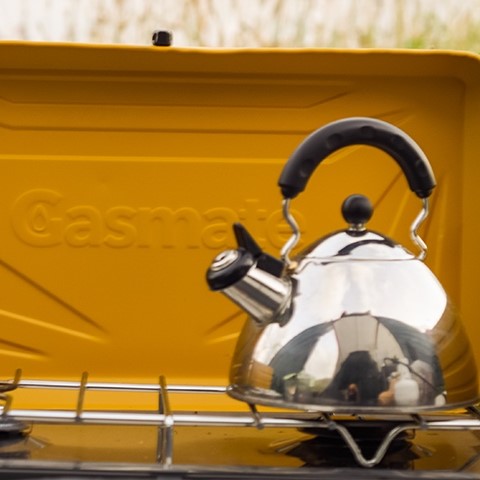
Carbon Monoxide Poisoning
Camping appliances must be used in a well-ventilated area. In New Zealand, the majority of deaths associated with the use of camping appliances have been attributed to carbon monoxide (CO) poisoning.
Without proper ventilation, stoves, barbecues, heaters, lamps or other gas appliances can give off poisonous carbon monoxide.
A faulty appliance may also emit carbon monoxide even in well ventilated areas. Ensure you are taking the required safety steps and if you smell gas, immediately stop using your appliance.
Carbon monoxide is highly toxic. While carbon monoxide is odourless, it is accompanied by other emissions that may produce a ‘rotten egg or car exhaust’ smell.
Carbon monoxide poisoning can produce the following symptoms: Headaches; Nausea; Dizziness; A desire to sleep. Prolonged exposure or high levels of carbon monoxide will result in collapse, unconsciousness and even death.
If you suspect a person is suffering from carbon monoxide poisoning move them outside immediately to fresh air, call for medical assistance and monitor them constantly until help arrives and be prepared to start CPR if necessary.
Browse More Tips & Tricks
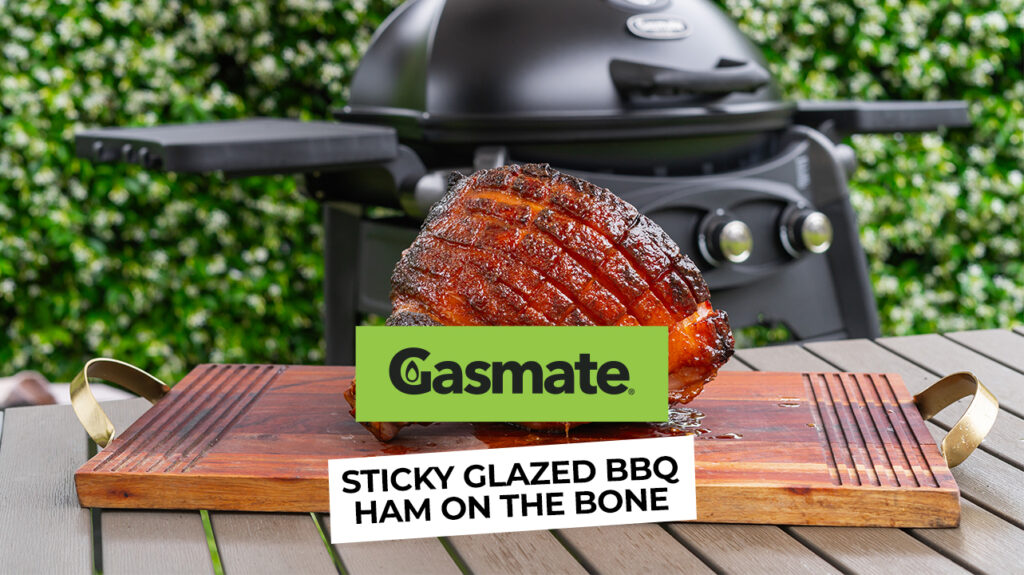
Sticky Glazed BBQ Ham on the Bone
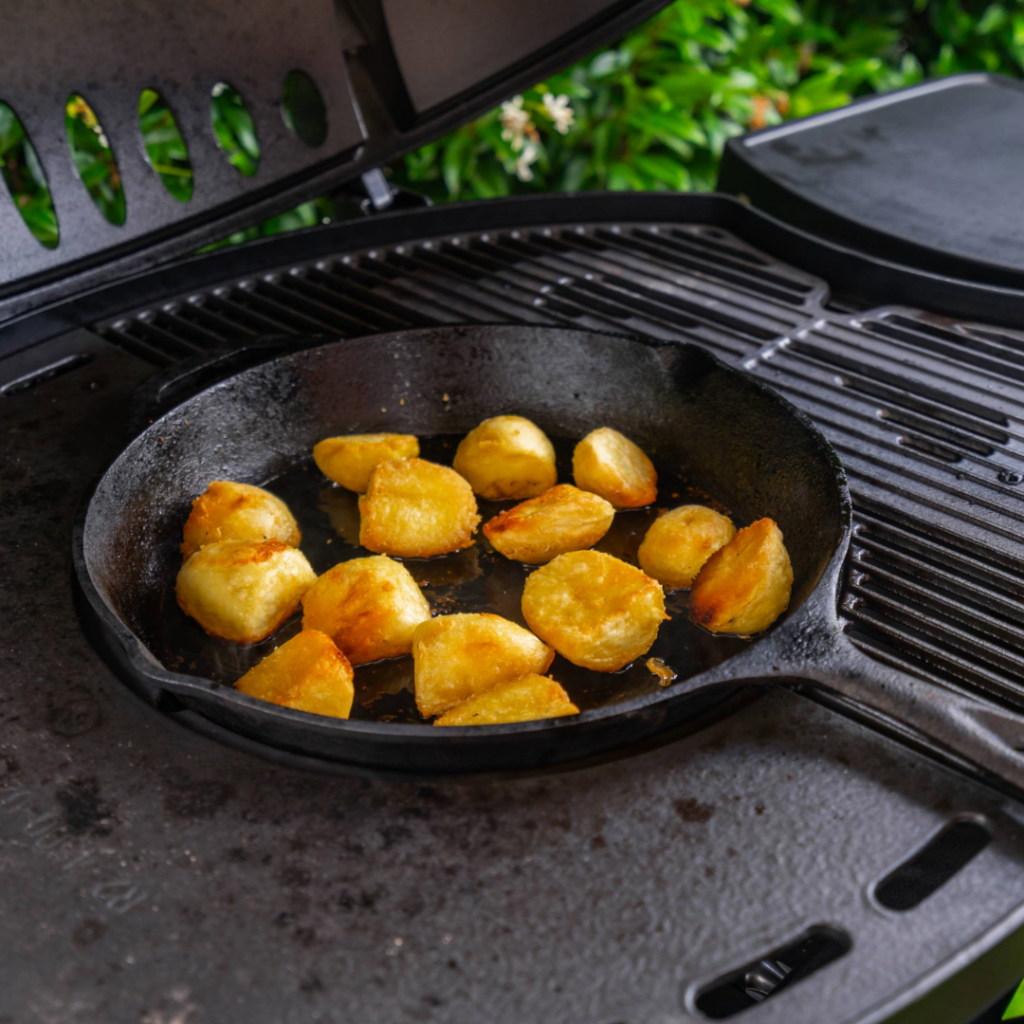
Crispy Roasted Potatoes Recipe: 3 Ingredient Method for Perfectly Cooked Potatoes
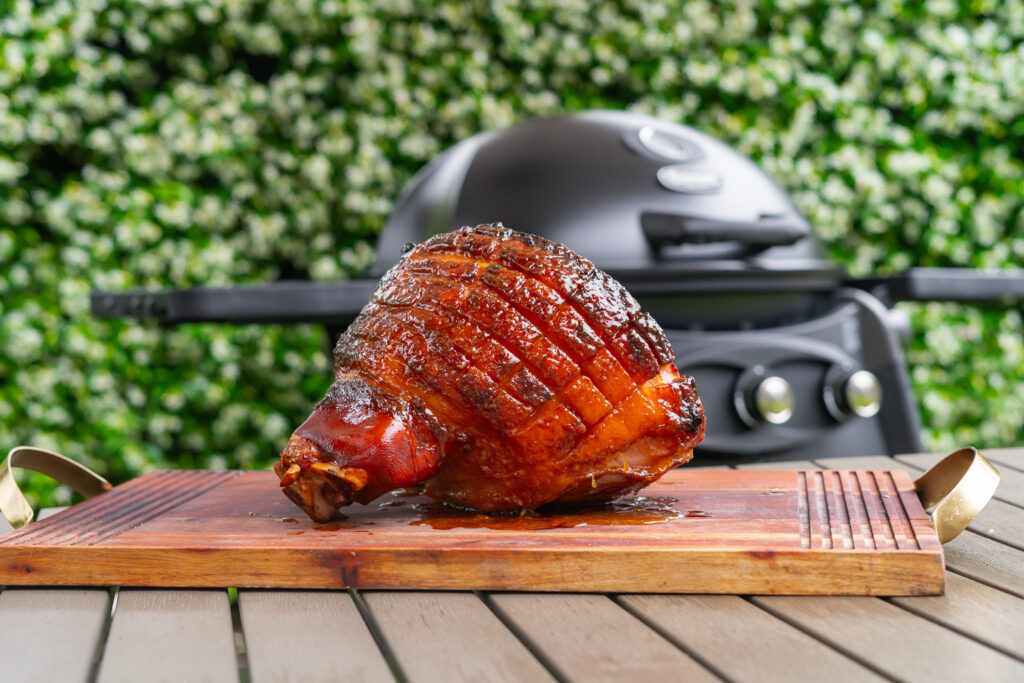
BBQ Glazed Ham on the Bone: A Crowd-Pleasing Recipe Made Easy Using 4 Simple Ingredients
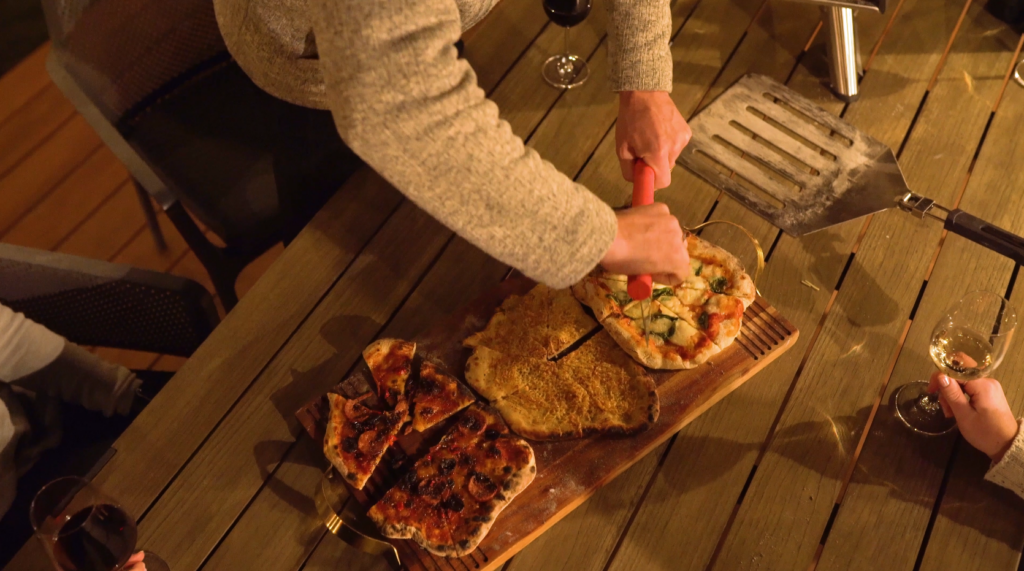
Our Favourite Pizza Toppings
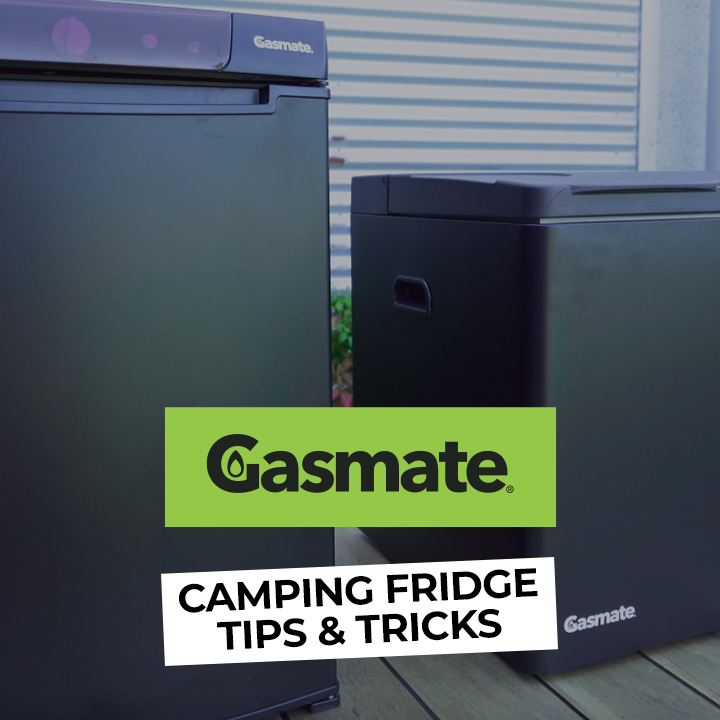
Camping Fridge Tips & Tricks
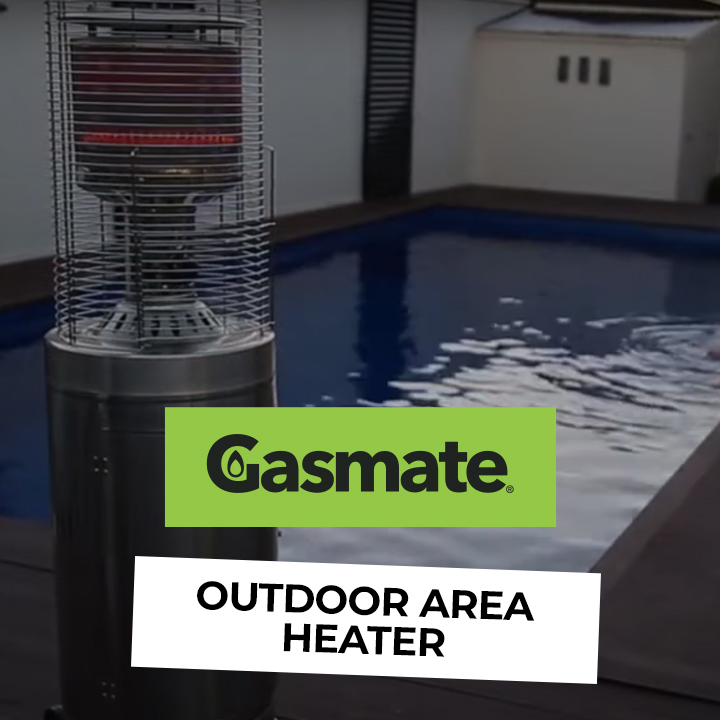
Outdoor Area Heater
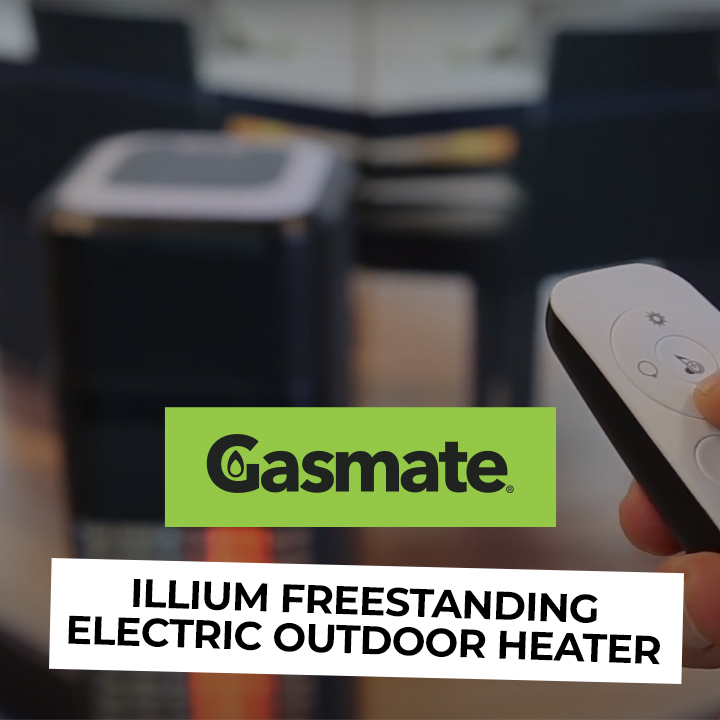
Gasmate Illium Freestanding Electric Outdoor Heater
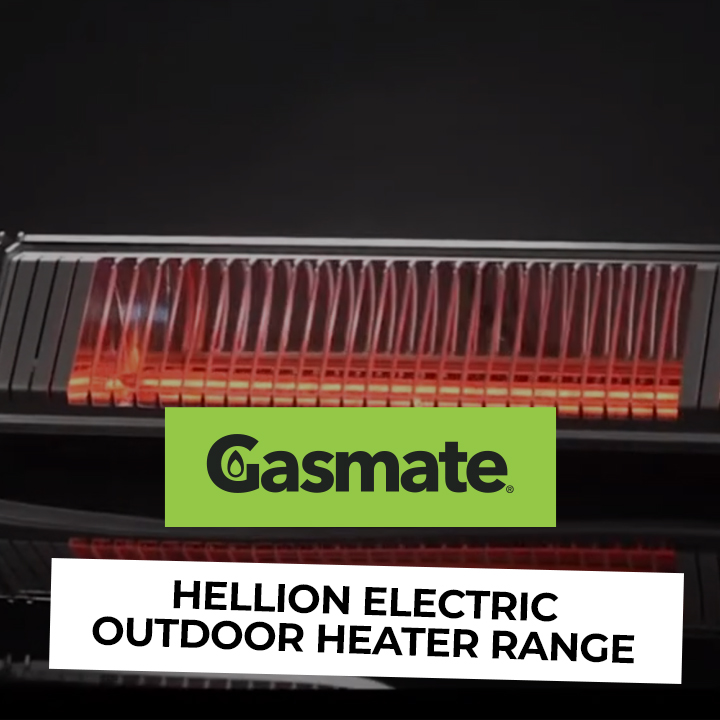
Hellion Electric Outdoor Heater Range
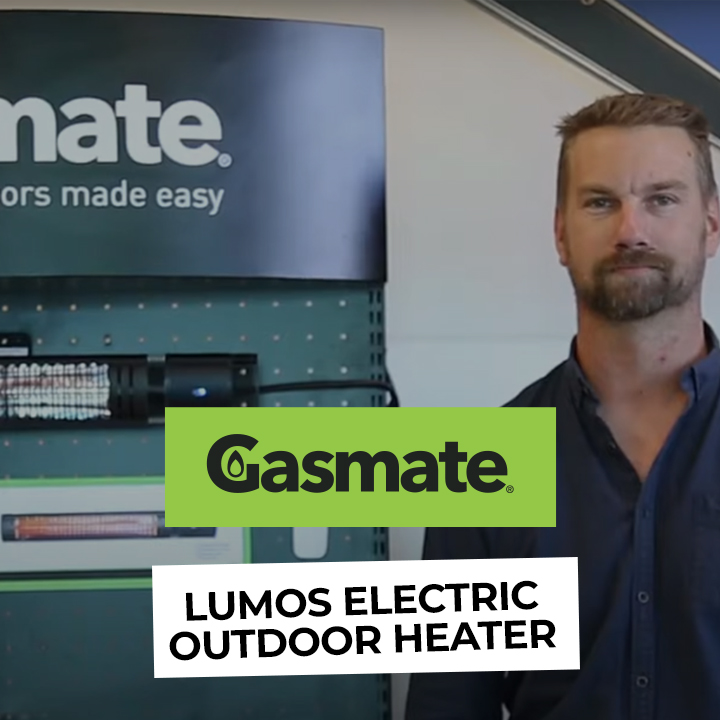
Lumos Electric Outdoor Heater
